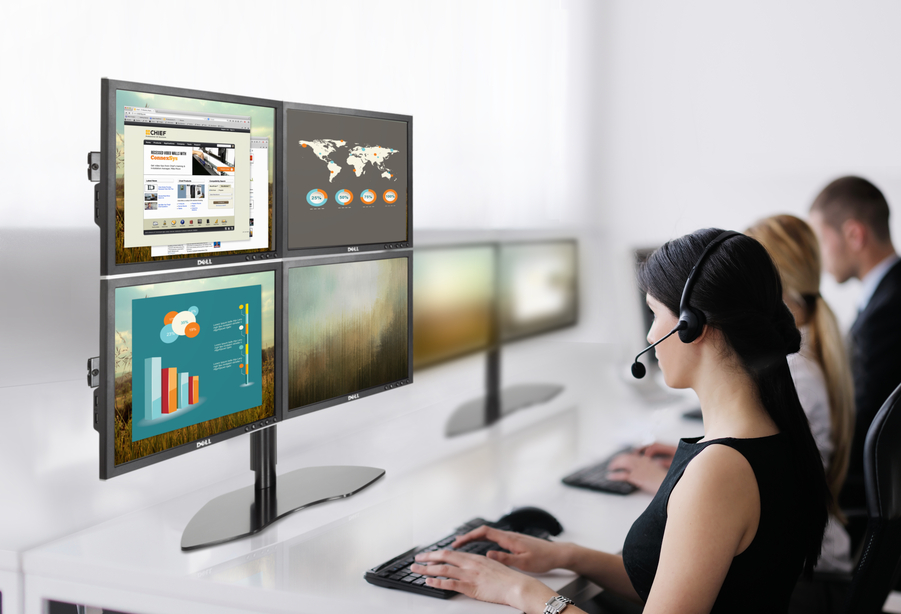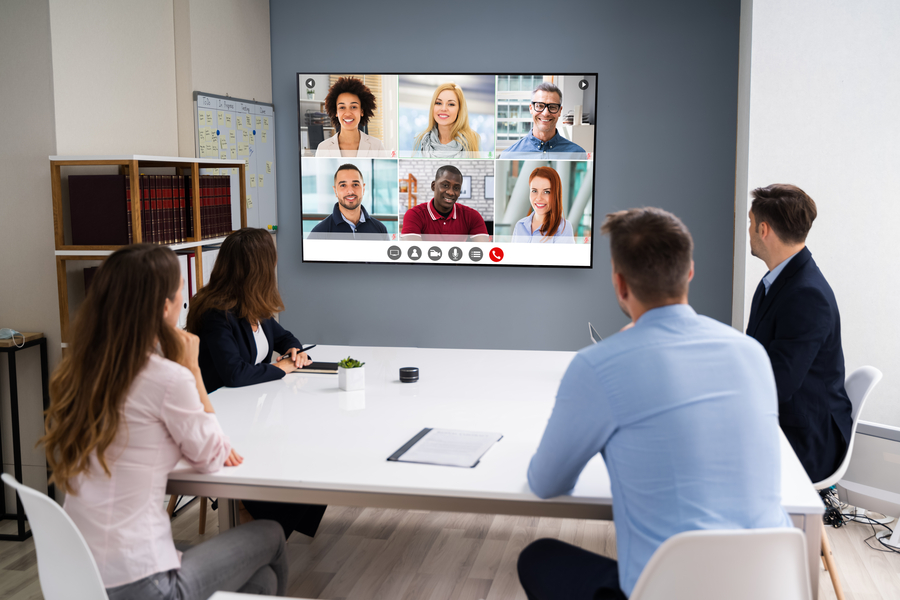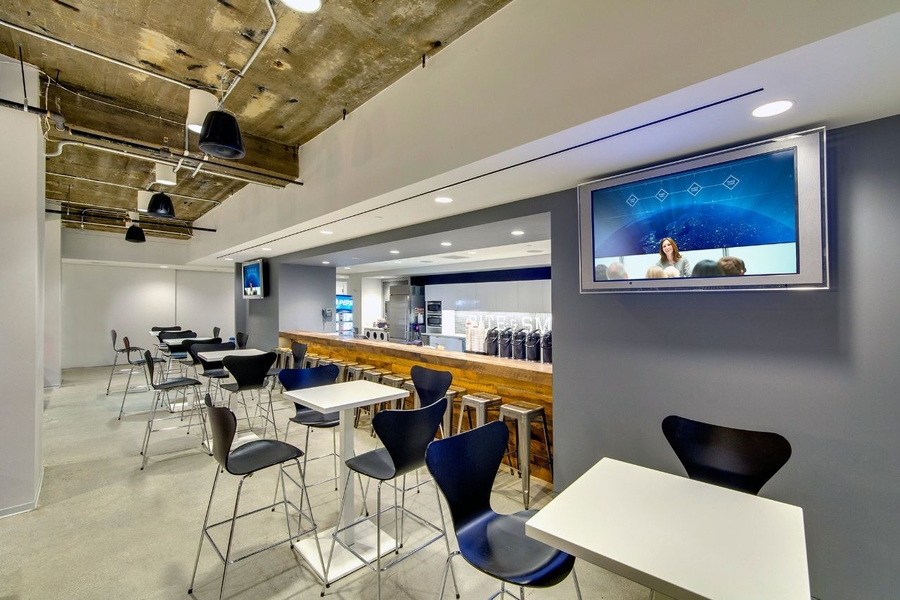Remote vs. On-site AV Support: Which One Do You Need?
Categories
Tags
Cut Project Delays and Avoid Support Headaches with the Right Support Strategy
When your clients’ AV systems need attention, you have two main options: remote support that can diagnose and fix issues from afar or on-site technicians who show up in person. Both have their place in a solid support strategy, but knowing when to use which approach can save you time, money, and client frustration. Remote support excels at quick fixes and monitoring, while on-site support tackles complex problems that need hands-on attention. The smartest contractors use both.
Remote Support: The First Line of Defense
Remote support shines when speed matters. A technician can log into a system within minutes and start troubleshooting without any travel time. They can adjust DSP settings, fix programming glitches, update firmware, and walk users through interface problems—all while monitoring multiple sites at once.
This approach handles most of the routine issues that pop up during projects. Software configuration problems, user training questions, and system optimization tweaks get resolved fast. Remote technicians can also spot potential problems before they become real headaches through proactive monitoring. They're watching signal flow, checking device status, and catching issues while they're still small and fixable.
On-site Support: When You Need Someone on the Ground
Some problems just can't be solved through a screen. Hardware failures, cable issues, and environmental factors need someone who can physically inspect the system. An on-site technician can test connections with proper equipment, replace faulty components, and diagnose problems that remote monitoring might miss.
On-site support really proves its worth during complex troubleshooting. When you're dealing with intermittent audio issues, mysterious signal drops, or performance problems that don't show up in logs, having experienced eyes and hands on the equipment makes all the difference. They can also handle commissioning work that requires precise calibration and verification that everything meets specifications.
The Winning Strategy: Use Both
Here's the reality: Remote support handles about 80% of typical AV issues efficiently and cost-effectively. The remaining 20% needs physical intervention. When you have both options available, remote teams can quickly identify which problems they can solve and which ones need an on-site visit.
This layered approach keeps your clients happy because most issues get resolved immediately, while complex problems get the thorough attention they deserve. You're not paying for unnecessary truck rolls, but you're also not stuck trying to fix hardware problems through a computer screen. It's efficient and practical and gives you the flexibility to match the right solution to each situation.
Get Both Without the Hassle
The key is finding a partner who offers seamless remote and on-site support so you don't have to manage multiple vendors or figure out which approach to use. AV Parts & Smarts provides both services as part of our comprehensive programming and support offerings. When issues arise, our team determines the best approach and handles everything from initial diagnosis to final resolution.
Ready to streamline your support strategy? Contact us today to learn how our integrated approach keeps your projects running smoothly.





